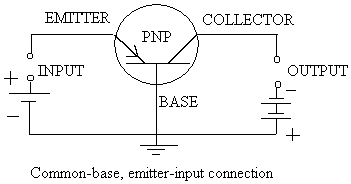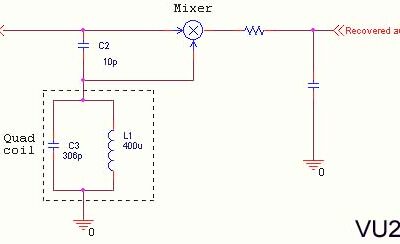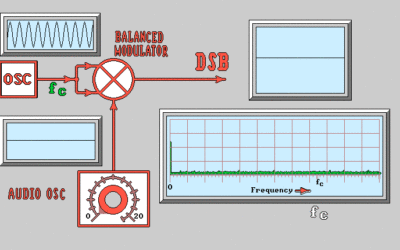
Quadrature Amplitude Modulation (QAM)-
Brief Discussion
I & Q modulation, A.K.A., QAM, is a method for sending two separate (and uniquely different) channels of information.
As you know, the carrier is shifted to create two carriers: sin and cos versions.
The two modulation inputs (analog or digital) are applied to two separate balanced modulators (BM) each of which are supplied with the sin or cos carriers, i.e., modulator #1 is supplied with the sin carrier and modulator #2 is supplied with the cos carrier.
The outputs of both modulators are algebraically summed; the result of which is now a single signal to be transmitted, containing the I & Q information.
This signal is for all intents and purposes a ‘Double Sideband Signal’ (DSB) with or without a carrier (reduced).
In the case of color television chroma, the subcarrier is transmitted as a very short burst (8 to 9 alternations); the reconstituted carrier is derived from this burst at the receiver.
This method of modulation has the advantage of reducing or eliminating intermodulation interference caused by a continuous carrier near the modulation sidebands.
Upon reception, the composite signal ( I & Q) is processed to extract a carrier replica which is again shifted in phase to create both sin and cos carriers.
These carriers are applied to two different demodulators; each demodulator outputs one of the two original signals applied in the modulation process (I & Q) at the transmitter.
In the more recent incarnations of the QAM or I & Q modulation techniques, an Analog to Digital Convertor (ADC) is used to first convert the analog input to a serialized digital bit stream and is applied to the QAM modulators; likewise at the receiver.




